VALLIBIERNA
The name Vallibierna, which refers to a mountain and a valley in the Pyrenees, comes from the combination of the words “valle” (valley) and “hiberna” (hibernate). The area encompasses the highest peaks in the Pyrenees, a remote spot that has remained untouched until recently.
This series is developed manly from dia-films from my father, shot in the 1970’s in the Pyrenees, which depict the valleys back then empty and wild and now menaced by massified tourism and global warming.
...Read More
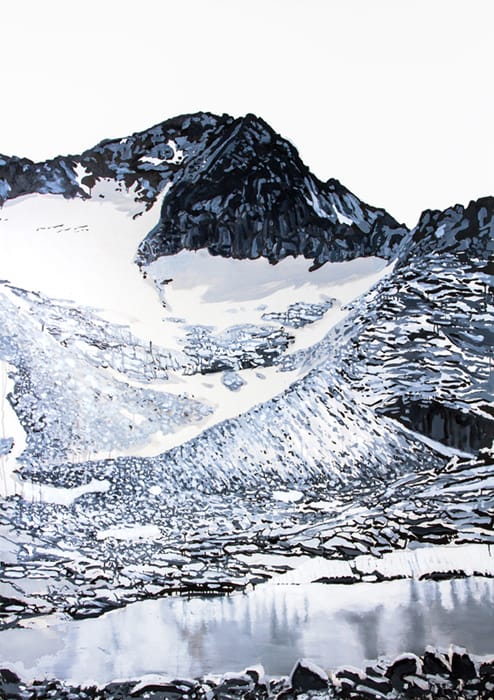
Aneto, Big
Oil on canvas
200 x 150 cm, 2015

Perdiguero Peak
Acrylic on paper
80 x 160 cm, 2017
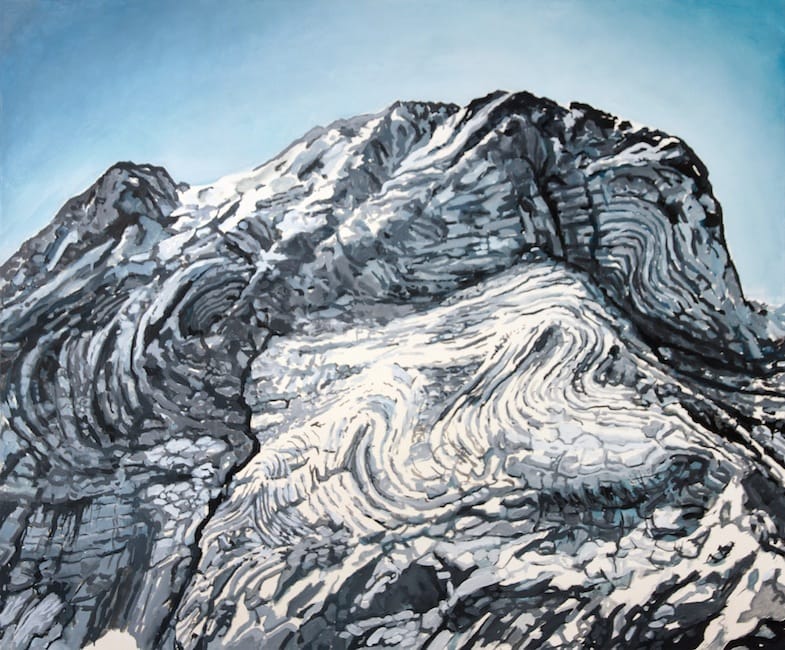
Tuca Culebres, Big
Oil on canvas
100 x 120 cm, 2016
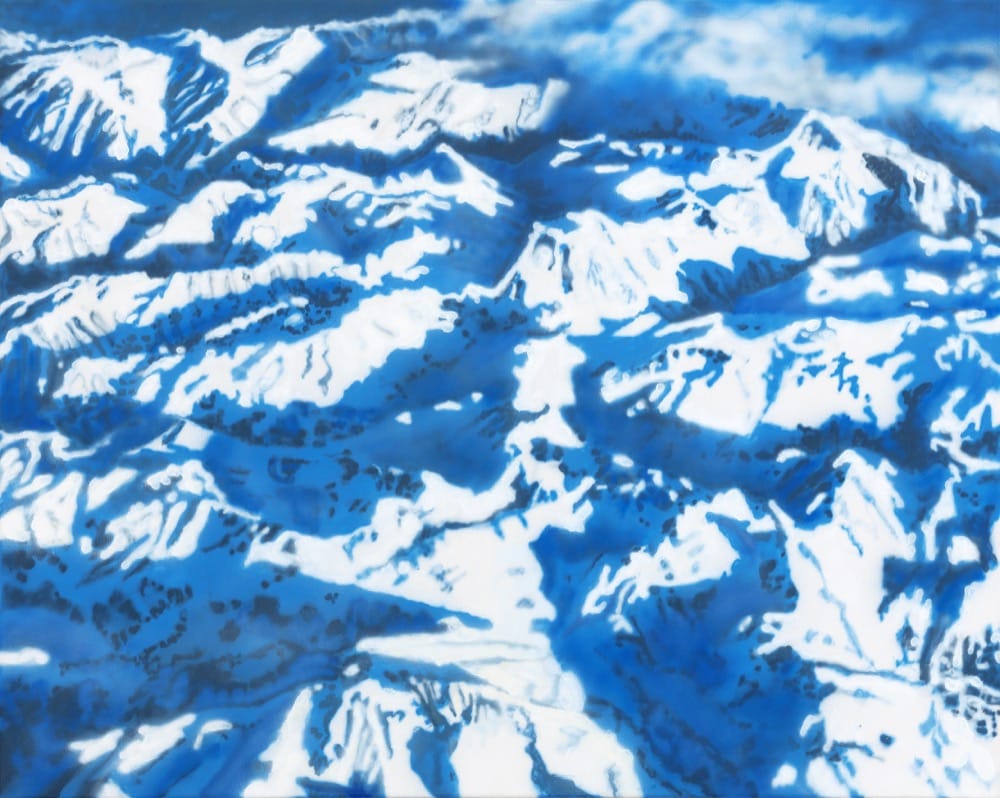
Pyrenees I
Oil on canvas
80 x 100 cm, 2018
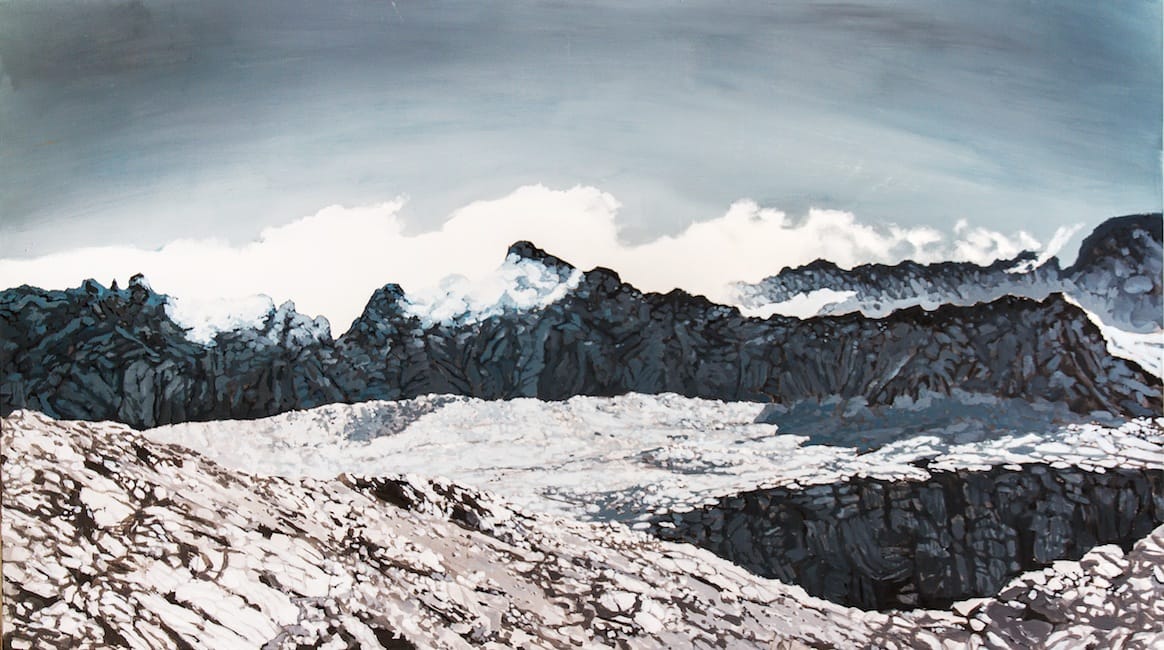
Picos Malditos, Big
Acrylic on canvas
110 x 200 cm, 2016

Summit
Snow
Oil on canvas
20 x 20 cm, 2016
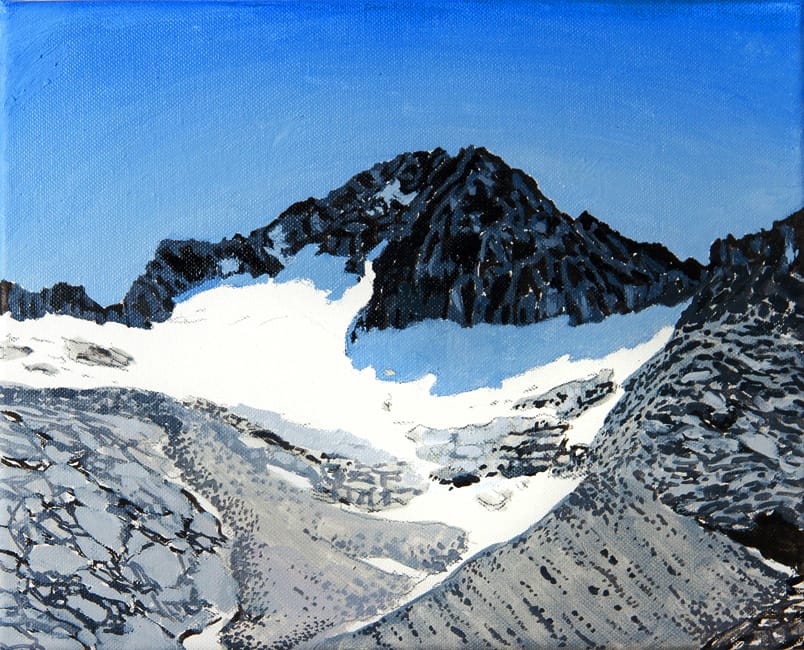
Aneto
Oil on canvas
24 x 30 cm, 2016
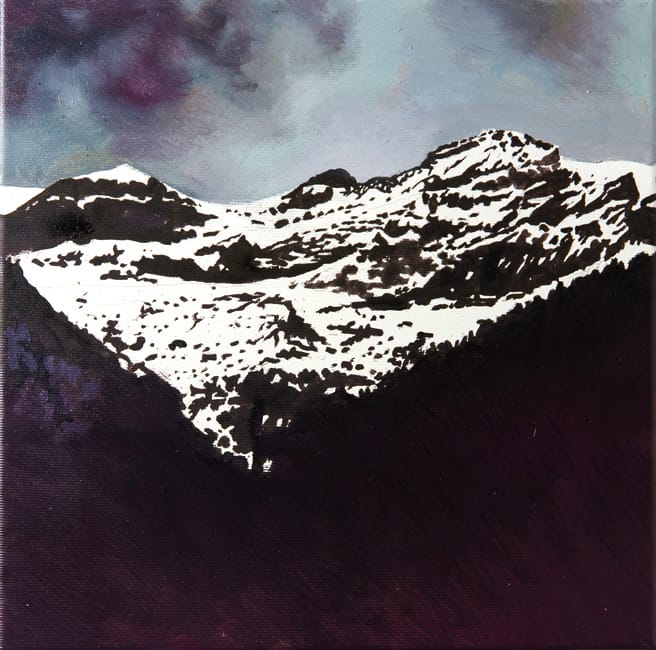
Monte Perdido I
Oil on canvas
30 x 30 cm, 2016
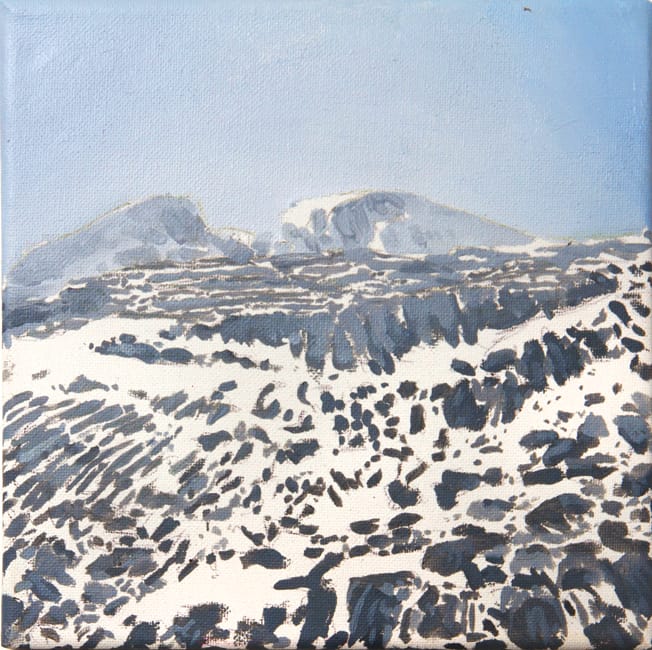
Monte Perdido II
Oil on canvas
20 x 20 cm, 2016
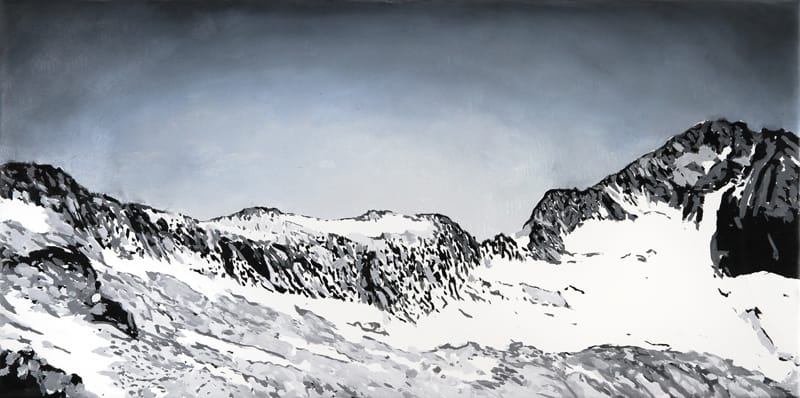
Pico Coronas
Oil on canvas
40 x 80 cm, 2015
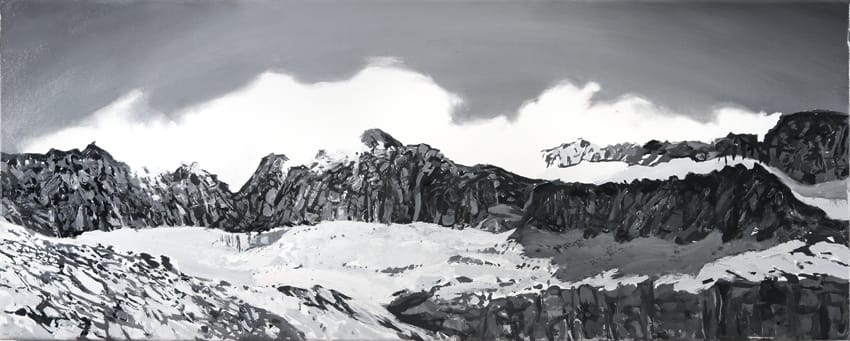
Picos Malditos
Oil on canvas
40 x 100 cm, 2015
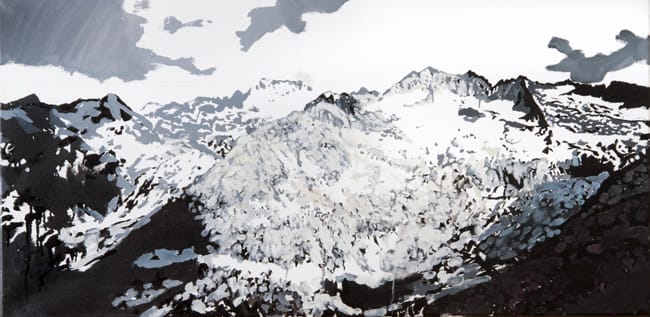
Maladeta
Oil on canvas
40 x 80 cm, 2015
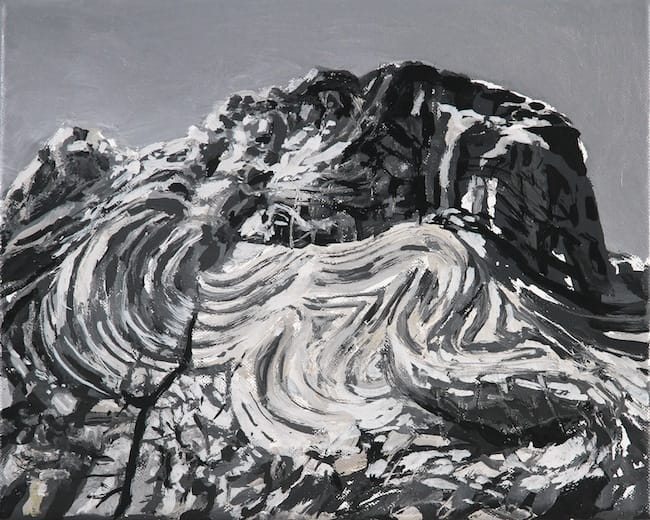
Tuca Culebres
Oil on canvas
24 x 30 cm, 2015
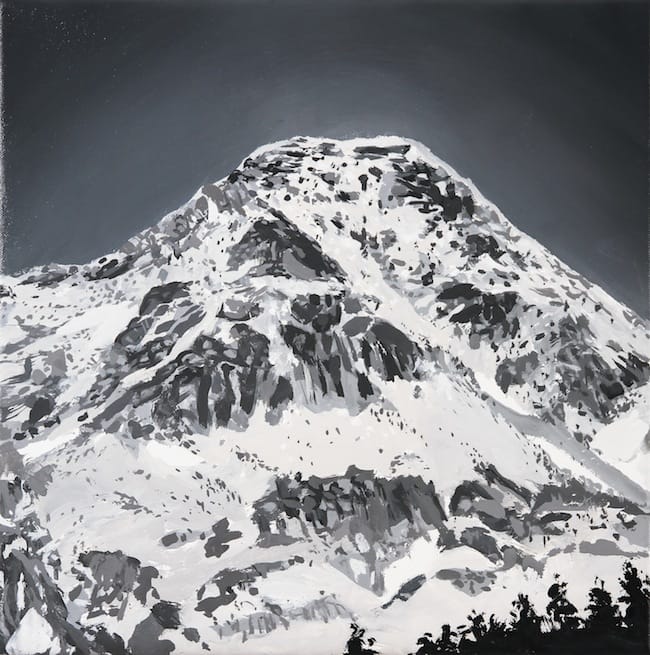
Tuca Arnau
Oil on canvas
40 x 40 cm, 2015
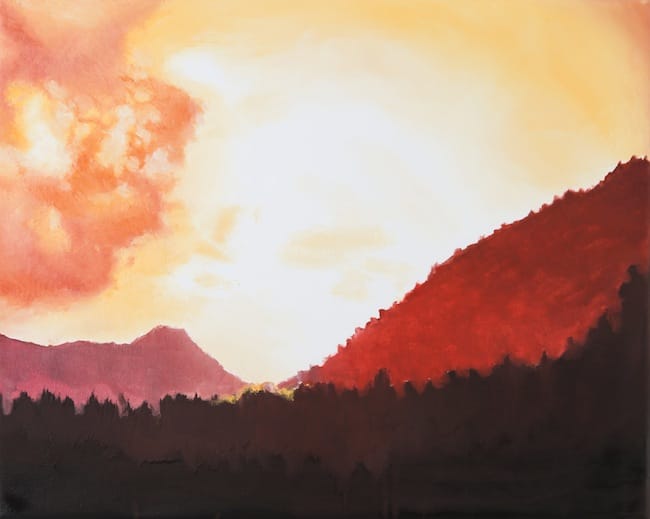
Vallibierna Sunset
El Quillón
Oil on canvas
40 x 50 cm, 2015
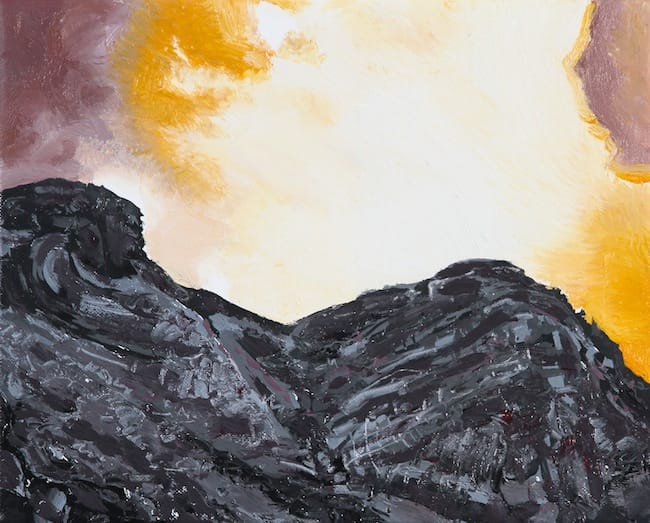
Picos Vallibierna
Oil on canvas
24 x 30 cm, 2015
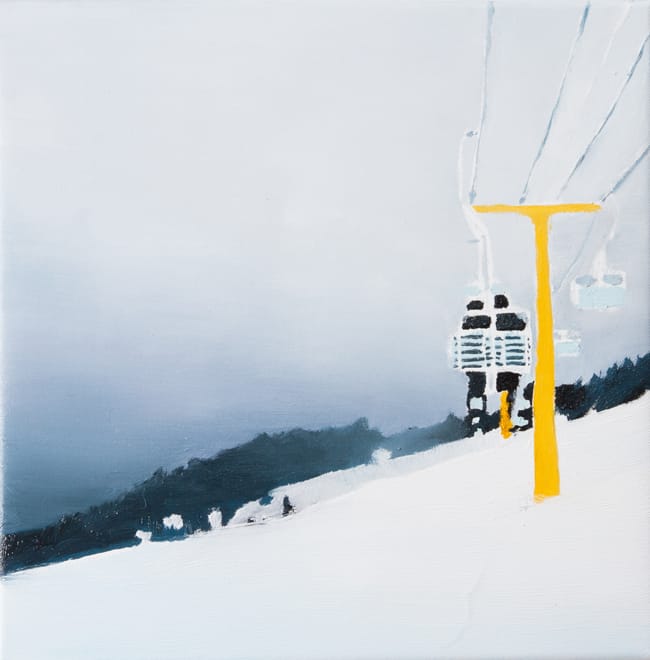
Cerler - Sessellift
Oil on canvas
40 x 40 cm, 2015
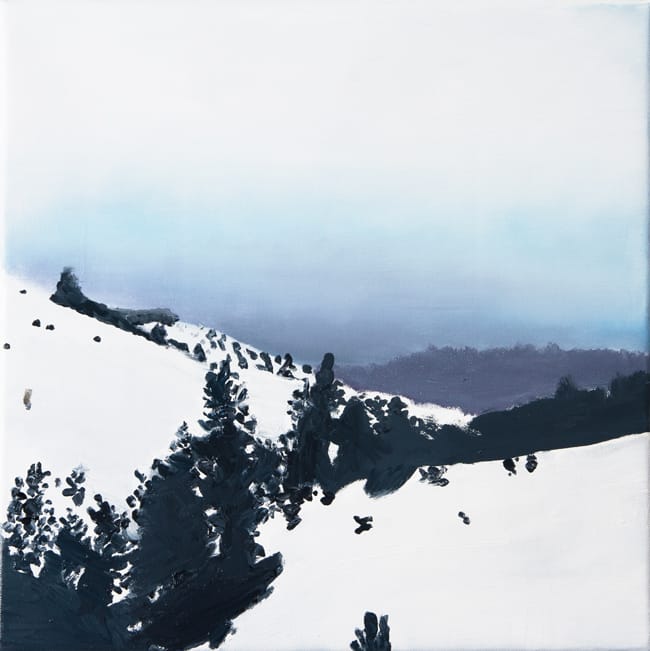
Cerler - Waldland
Oil on canvas
40 x 40 cm, 2015

